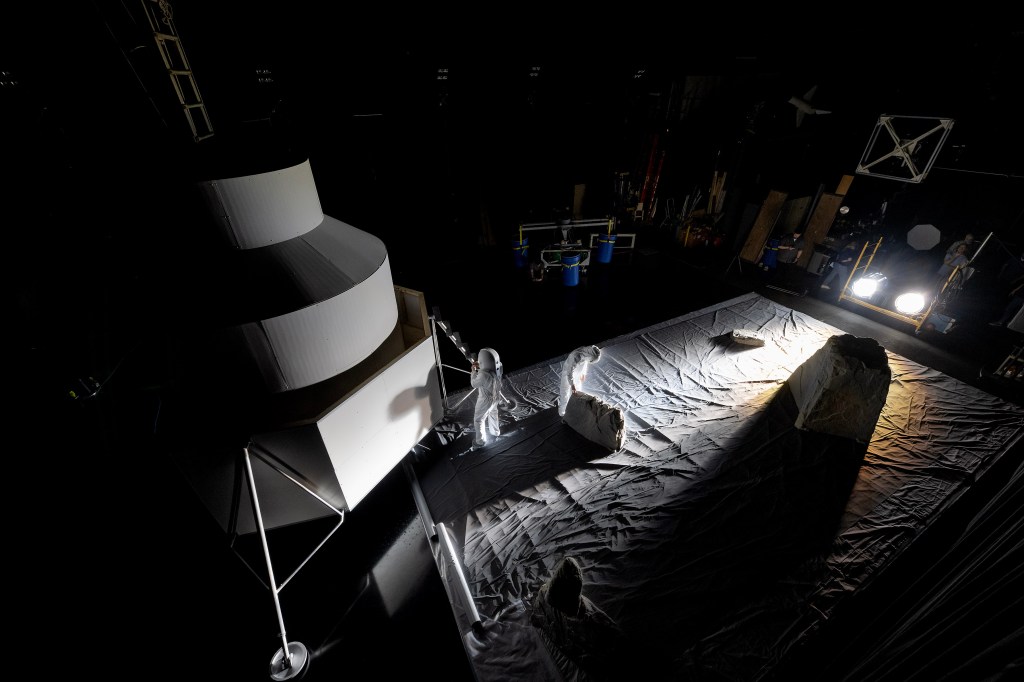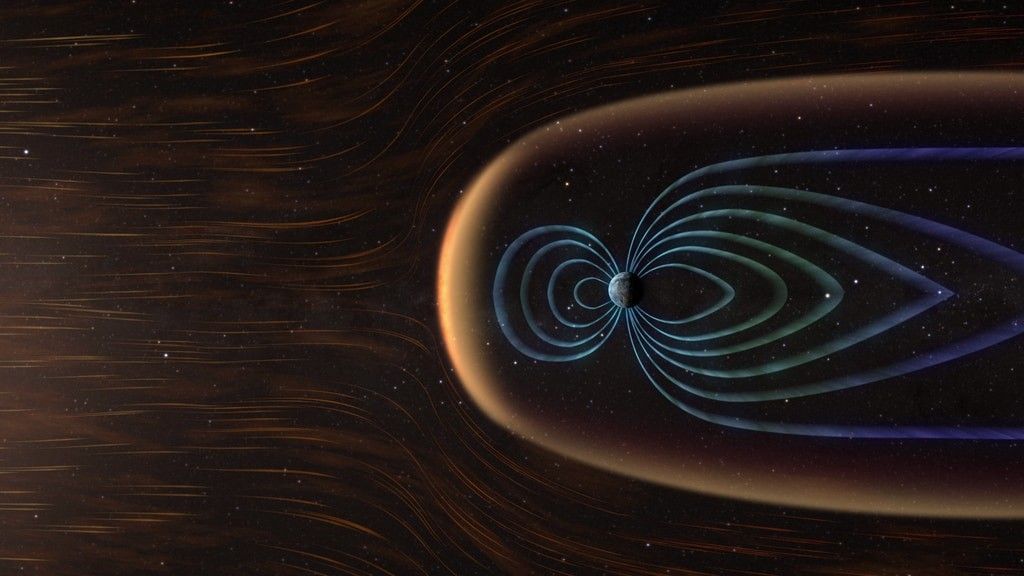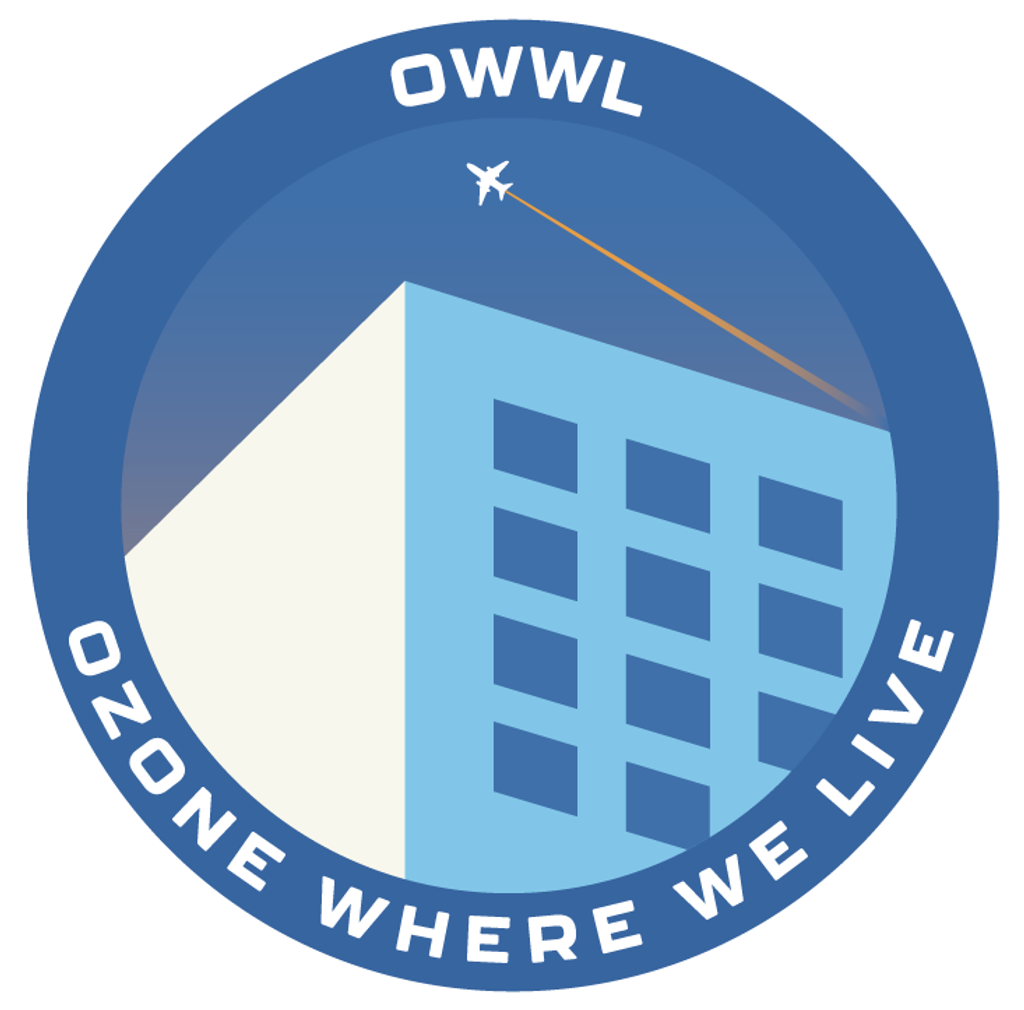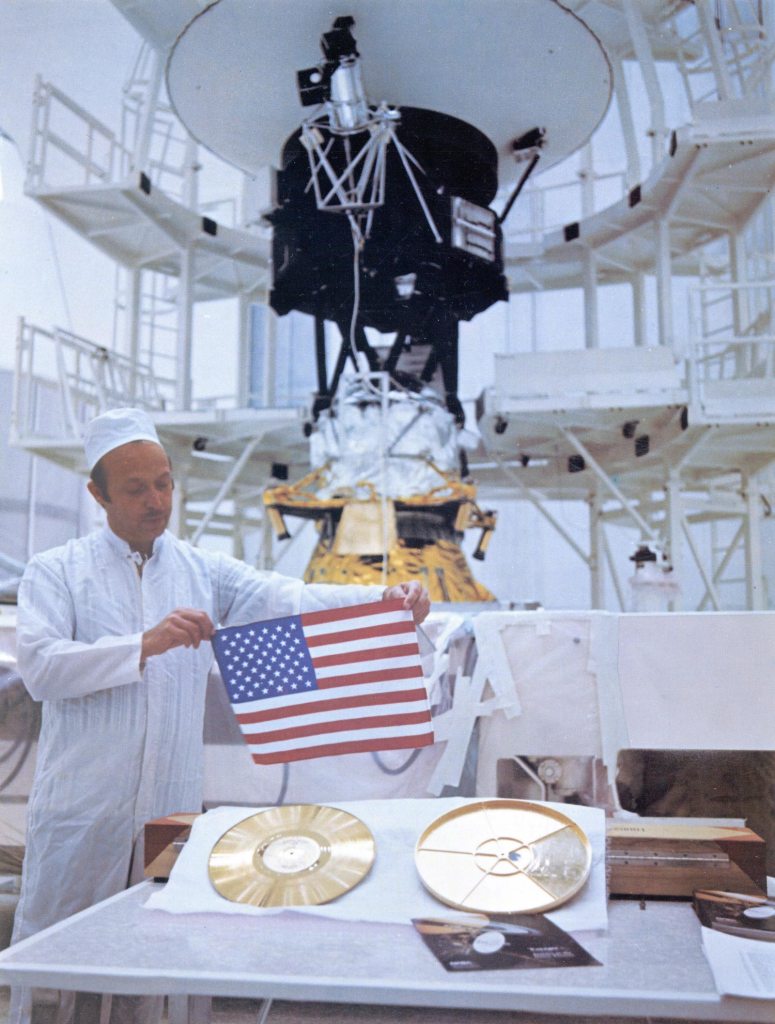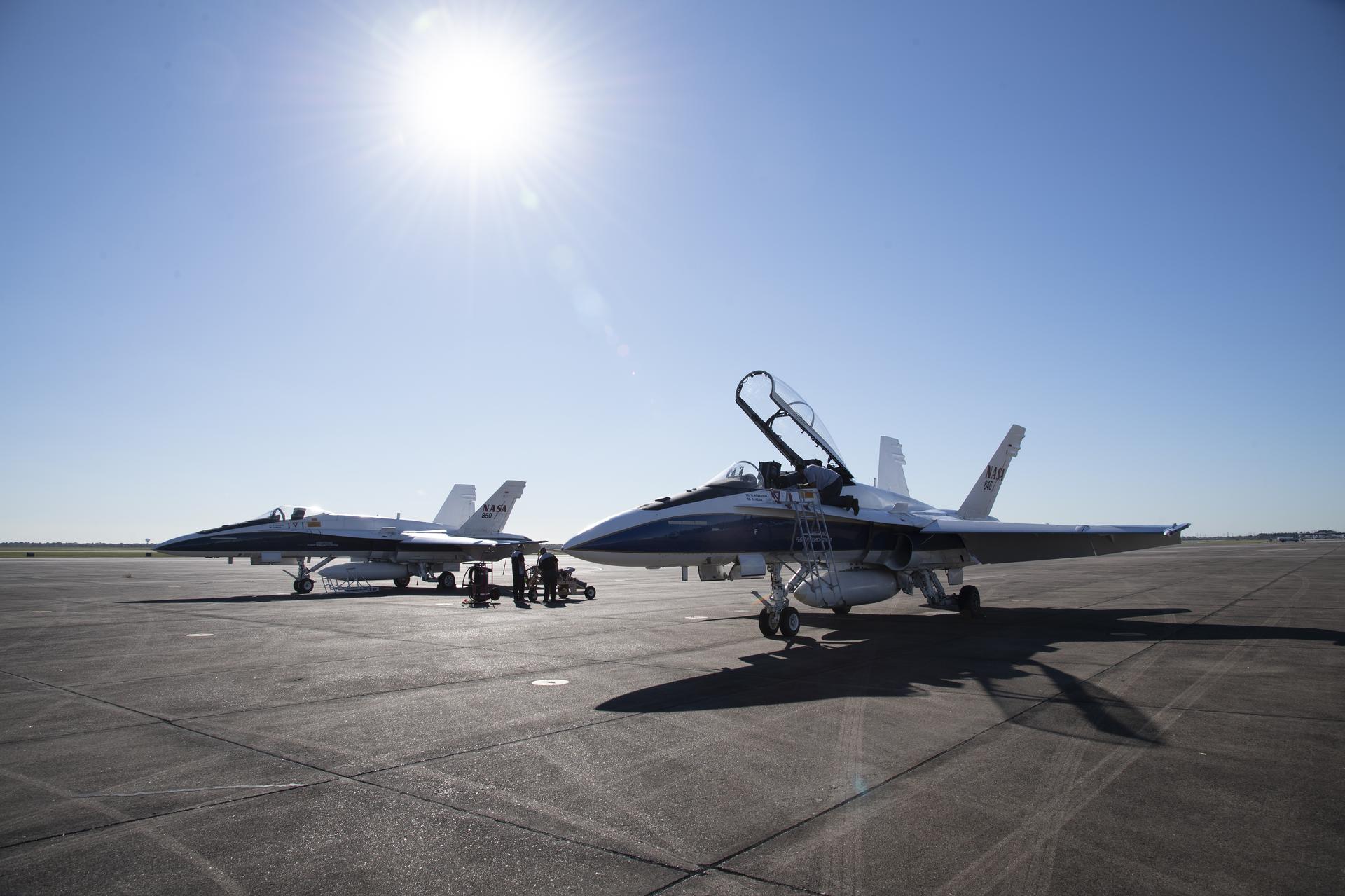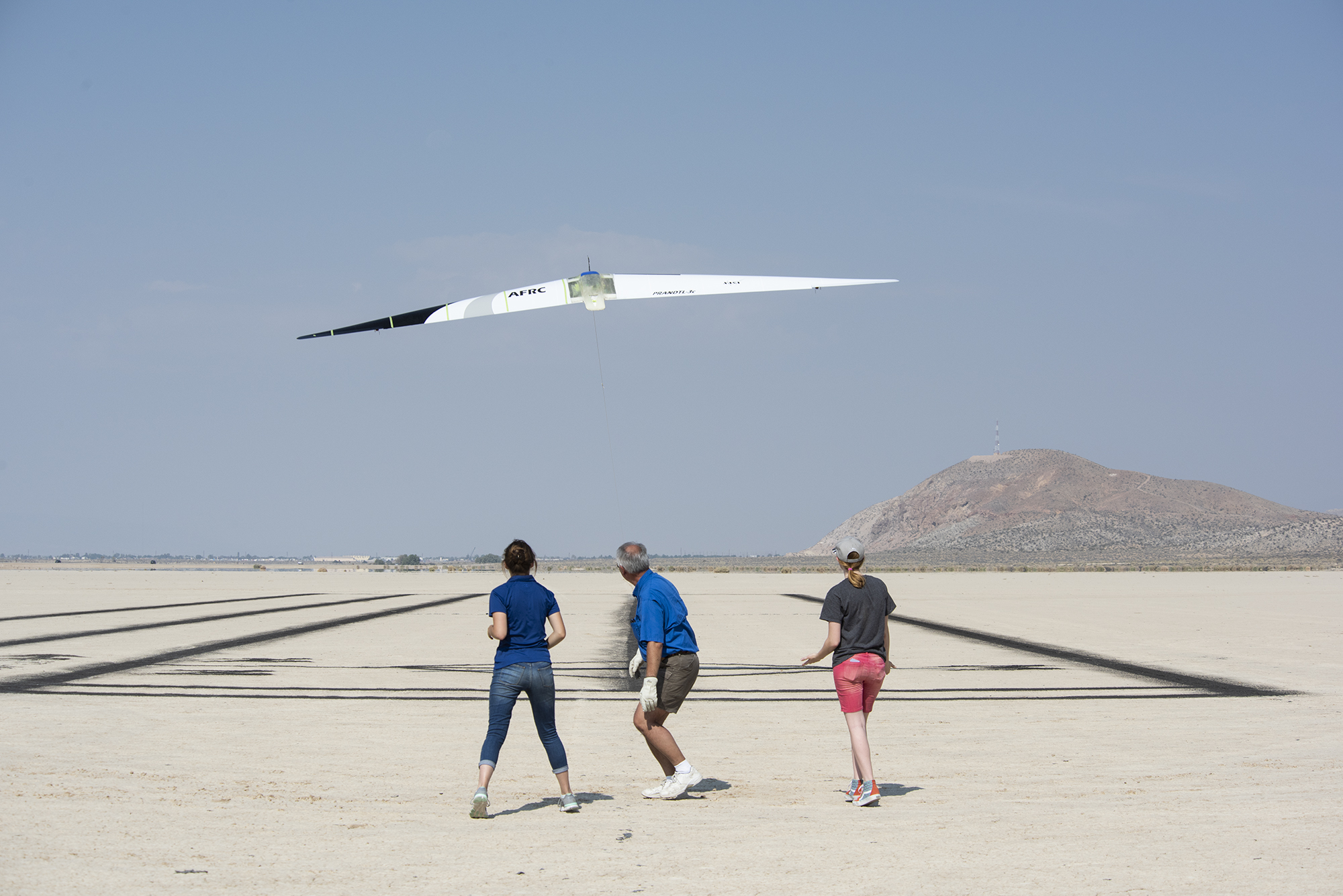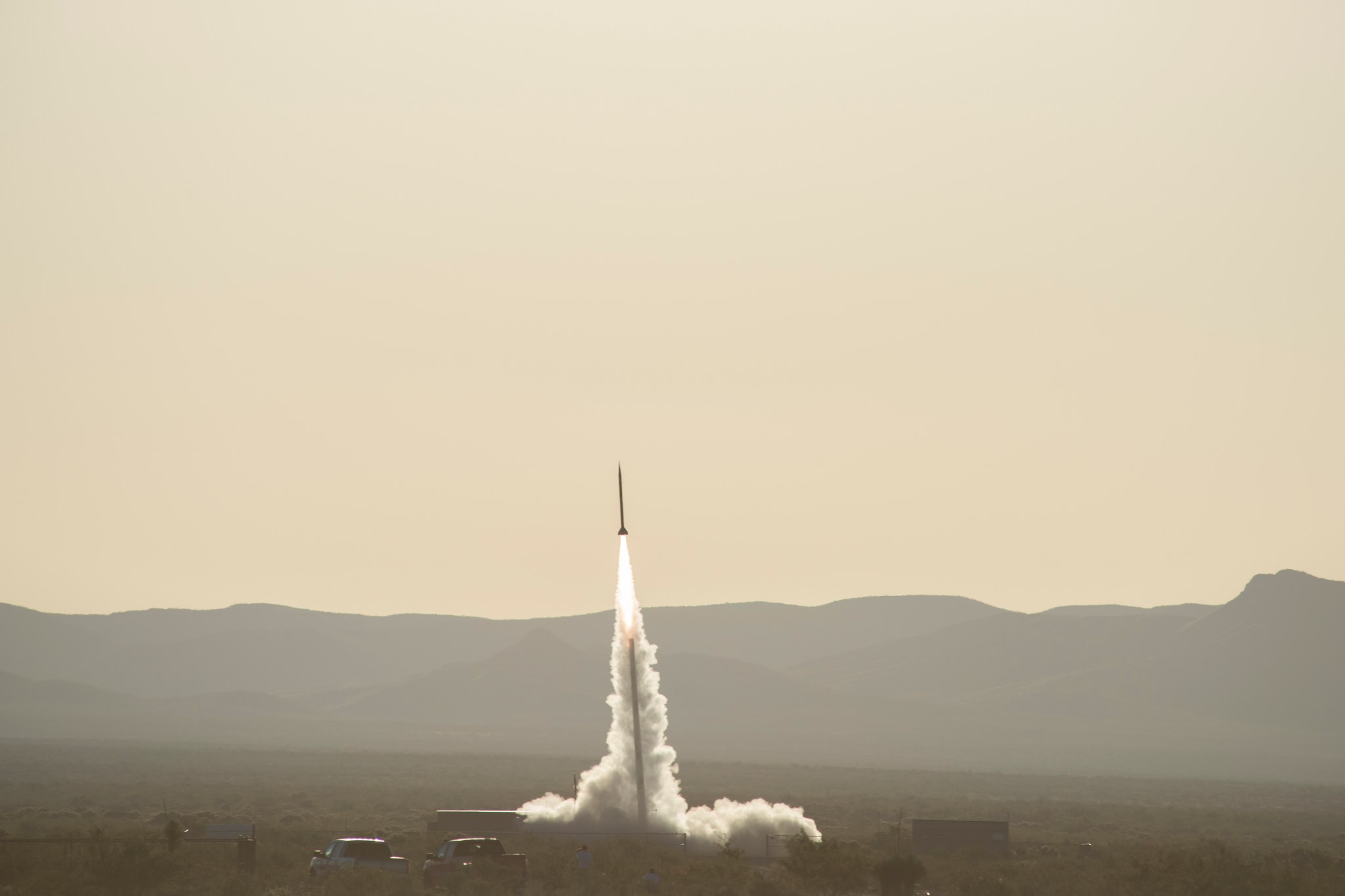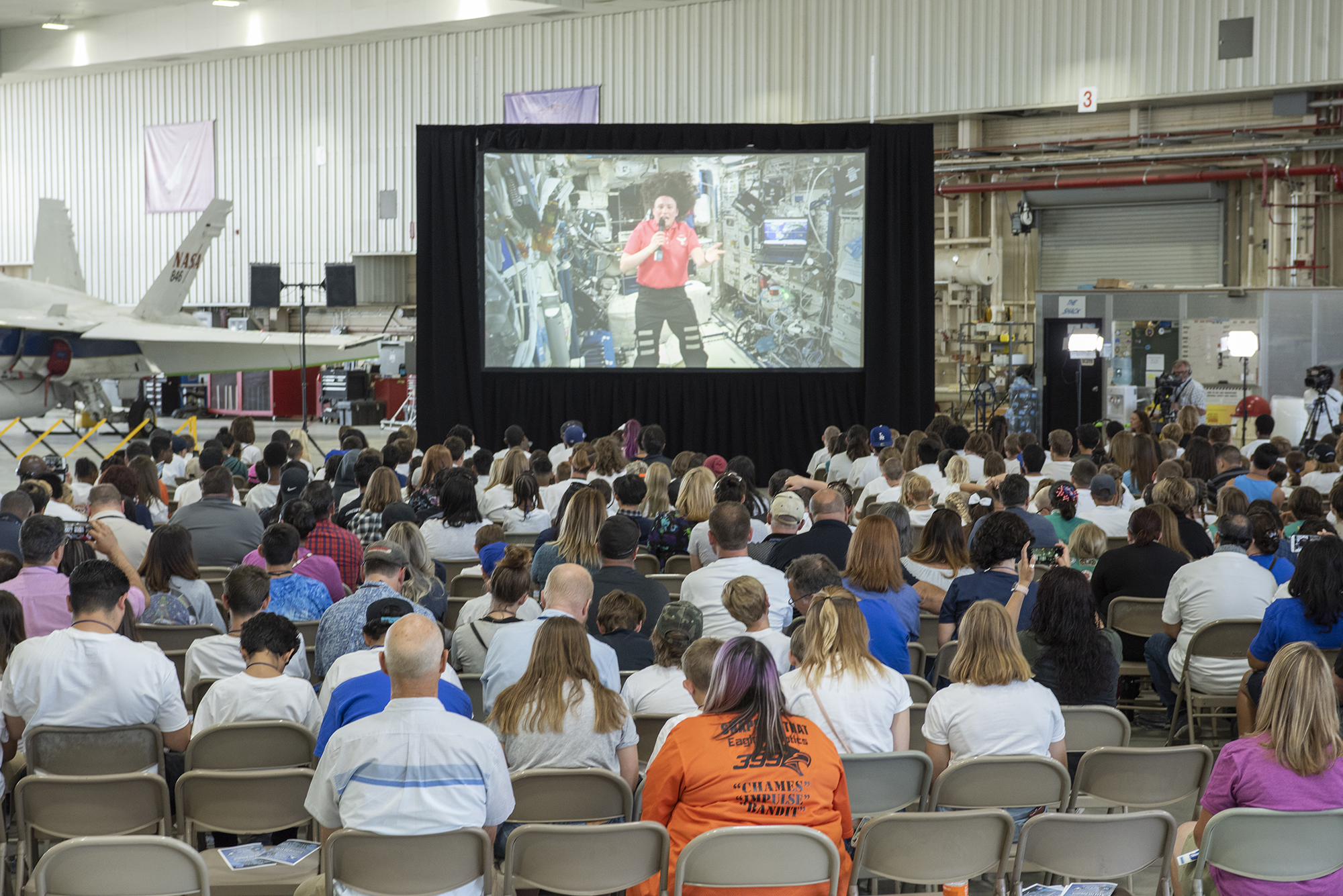
NASA’s Armstrong Flight Research Center at Edwards Air Force Base in California supported the agency in 2018 by advancing flight, Earth and space research through a number of center milestones.
As the agency works to integrate NASA technology into commercial airspace, Armstrong is leading the development of various technologies. The center also is supporting technology demonstrations through flight and sharing the results with the aviation industry and the public.
The center also continues its tradition of early approach and landing flight research and testing for new spacecraft. Through accomplishing dynamic flight research and sharing with industry, academia and other government communities, Armstrong is facilitating an understanding of aeronautics concepts and demonstrating the role that flight will play in the nation’s future.
Aeronautics
The technology, engineering and flight research Armstrong is pursuing remains a priority for Armstrong. The center’s team of dedicated researchers and engineers are developing new and innovative technology that will provide the nation with ground breaking flight milestones toward the future of aeronautics.
ND-MAX
In January, NASA and the German Aerospace Agency (DLR) combined resources to conduct the NASA/DLR Multidisciplinary Airborne Experiment (ND-MAX) in Germany. The focus of this mission was on alternative fuel emissions and the characterization of ice crystals in condensation trails (contrails) using biofuel.
UAS-NAS
Armstrong has continued its extensive research into the Unmanned Aircraft Systems (UAS) into the National Airspace System (NAS) program. Armstrong reached a major milestone as NASA’s remotely-piloted Ikhana aircraft flew into the National Airspace System without the need of a chase plane or visual observers as it operated in various classes of airspace. Ikhana is the first aircraft for which the FAA granted a No Chase Certificate of Waiver Authorization. The Ikhana demonstrated a major step toward incorporating UAS into the NAS.
This historic achievement was recognized by Aviation Week & Space Technology with the magazine’s 62nd Annual Laureate Awards, in the category of Commercial Aviation, Unmanned Systems.
Urban Air Mobility
NASA Armstrong has a direct role in NASA’s ongoing leadership in Urban Air Mobility (UAM) – a safe and efficient system for passenger and cargo air transportation in and around urban areas. In November, NASA announced plans for a UAM “Grand Challenge” during a two-day UAM Industry Day in Seattle and discussed the results of two recent UAM market studies. The UAM Industry Day marked the first step of NASA’s hosting of a series of “Grand Challenges” for the UAM community as the Agency moves forward in revolutionizing mobility within urban areas by enabling a safe, efficient, convenient, environmentally friendly and accessible air transport system.
X-56A
The remotely piloted X-56A suppressed flutter, which is a potentially-destructive oscillation, with a classic controller Sept. 15, and with a modern controller Nov. 16. The controllers represent two mathematical ways of directing the aircraft in flight. The X-56A aircraft is intended to facilitate the development of tools and technologies and acquire data to validate modeling techniques. The results could enable future airliners to use lighter weight, flexible wing designs to conserve fuel.
X-59 QueSST
In November, teams from NASA’s Armstrong and Langley Research Centers deployed to Houston and Galveston, Texas, and successfully completed the Quiet Supersonic Flights 2018 series, or QSF18. The effort supported the Commercial Supersonic Technology project. A major milestone in preparation for future quiet supersonic research flights with the X-59 QueSST, QSF18 featured F/A-18s from Armstrong performing a high-altitude, supersonic dive maneuver to create quiet thumps in Galveston instead of traditional sonic booms. The mission helped NASA better understand how to engage and obtain data from a community unaccustomed to the sounds of supersonic flight and achieved full success criteria of 52 sonic thumps through 22 total flights.
One of the most successful milestones at NASA Armstrong included the results of a flight series that combined two technologies to achieve an unprecedented reduction in airframe noise. The Adaptive Compliant Trailing Edge wing flap, previously flown on Armstrong’s G-III Subsonic Research Aircraft Testbed to study boosts to aerodynamic efficiency, was tested along with NASA Langley’s Landing Gear Noise Reduction technology to examine the potential to reduce total aircraft noise. The results showed a reduction of more than 70 percent to airframe noise, which may lead to significantly quieter aircraft and noise reduction for communities that live near airports.
Prandtl
Students assisted Armstrong Chief Scientist Al Bowers with developing, testing and integrating a pressure system into the subscale Preliminary Research Aerodynamic Design to Lower Drag, or Prandtl-D 3C glider. A flight series in August demonstrated their system could measure pressure from the surface of the aircraft’s wing, providing additional evidence that a wing design method using twist can dramatically increase aircraft efficiency.
Airborne Science
The Airborne Science Program at NASA Armstrong supported Earth science research missions under the agency’s Science Mission Directorate. The center’s aircraft served a variety of different missions to help further NASA’s understanding of our home planet. The aircraft also aided with disaster response efforts for Hurricane Florence in North and South Carolinas and the Southern California wildfires.
ATom
The NASA DC-8 completed its final 26-day trips around the world in April for the Atmospheric Tomography (ATom) mission. Scientists onboard were measuring airborne particles and more than 200 gases from the remotest parts of the atmosphere to better understand the processes that govern how various greenhouse gases cycle around the world.
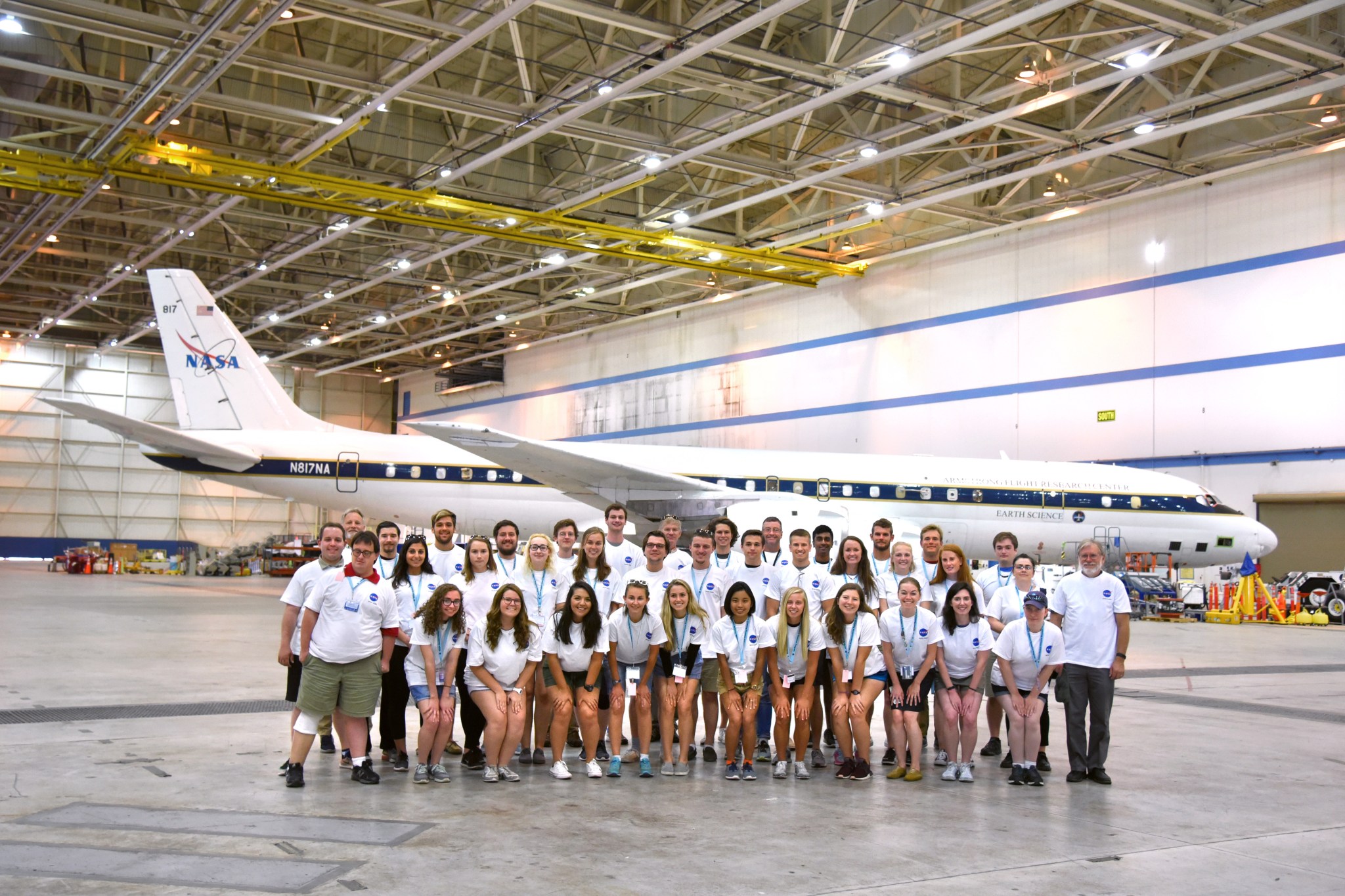
SARP
Twenty-eight undergraduate students participated in an eight-week immersive NASA airborne science field experience in Earth science research. Celebrating its 10th year, NASA’s Student Airborne Research Program (SARP) provides a unique opportunity for undergraduate students majoring in the sciences, mathematics and engineering to participate in all aspects of a NASA airborne science research campaign. Flying aboard NASA’s DC-8 airborne laboratory, the students sampled and measured atmospheric gases to study air quality in the Los Angeles basin and California’s Central Valley. Students also used remote-sensing instruments on NASA’s ER-2 to study drought, fire burn scars and debris flows in Southern California and ocean biology along the California coast. Students also took measurements at field sites near Santa Barbara, Sequoia National Forest and the Salton Sea.
Hurricane Florence and California Wildfire Support
Multiple NASA aircraft supported disaster relief efforts during the wildfire and hurricane seasons, including the C-20A and ER-2. The agency’s C-20A aircraft headed to North and South Carolina in September to support Hurricane Florence emergency relief. Using the Uninhabited Aerial Vehicle Synthetic Aperture Radar (UAVSAR) instrument, a team of scientists mapped flooded regions to better assist agencies like FEMA on their response efforts.
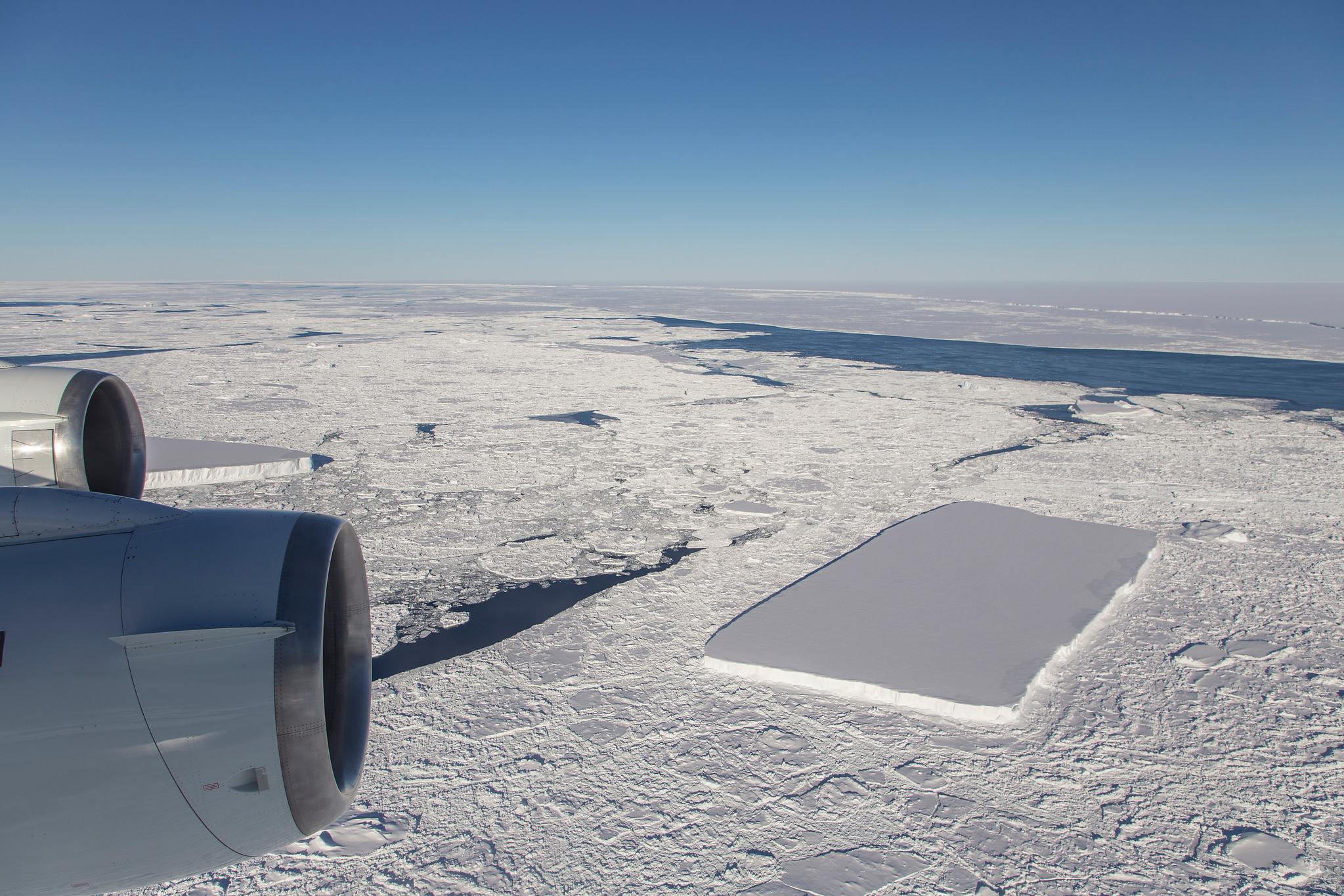
“I thought it was pretty interesting; I often see icebergs with relatively straight edges, but I’ve not really seen one before with two corners at such right angles like this one had,” Harbeck said.
The rectangular iceberg appeared to be freshly calved from Larsen C, which in July 2017 released the massive A68 iceberg, a chunk of ice about the size of the state of Delaware.
“I was actually more interested in capturing the A68 iceberg that we were about to fly over, but I thought this rectangular iceberg was visually interesting and fairly photogenic, so on a lark, I just took a couple photos,” Harbeck said.
The flight originated from Punta Arenas, Chile, as part of a five-week-long IceBridge deployment, which began Oct. 10 and is scheduled to conclude Nov. 18. Credits: NASA/Jeremy Harbeck
The C-20A and ER-2 also supported emergency response for multiple California wildfires. In the aftermath of these devastating fires, both aircraft flew scientific instruments to map fire scar in various areas across the state, with a goal of identifying areas at risk of mudslides ahead of the coming winter rains.
Operation IceBridge
The NASA DC-8 Airborne Science Laboratory completed its seventh set of flights for the Operation Ice Bridge (OIB) campaign. Since 2009, when the Ice, Cloud and Land Elevation Satellite (ICESat) failed, the NASA DC-8 has collected data to help scientists bridge the gap in polar measurements and observations until a replacement satellite was commissioned for operation. ICESat-2 was launched Sept. 15 and began collecting its first measurements Oct. 3. This year Operation IceBridge mission objectives included validating the new satellite was ready for operation.
Flight Opportunities Program
World View
World View Enterprises high-altitude balloon flights help advance technology to probe the evolution of planets in January. A second balloon flight in May matched two technologies aimed to monitor radiation in space-based missions.
ZERO-G Corporation
ZERO-G parabolic flights in February tested proposed new space suits to cryogenic propellant research. Another flight in November had tested one payload that researched behavior of dust on surfaces in space. Second set of parabolic flights in June advanced space technologies for Mars sample return and BioSleeve gesture control for spacesuits.
Masten Space Systems
Masten Space Systems’ rocket flight tested a HoneyBee Robotic planet sample return technology. The goal of this technology is to bring back a sample of surface soil from a celestial body.
Blue Origin
Blue Origin launch provided Wi-Fi for research first commercial tweet in space and spacecraft technologies in July. Flight Opportunities funded the first full manifest of 10 space technologies scheduled to fly in early 2019.
UP Aerospace
UP Aerospace launched a thermal protection system that was successfully ejected a and recovered upon landing as well as an flight termination system and a monitor for environment inside rocket such as acceleration of the payloads.
SOFIA
The Stratospheric Observatory for Infrared Astronomy (SOFIA) team revealed several major scientific results this year, while also completing two successful deployments to Christchurch, New Zealand and Daytona Beach, Florida. The observatory has continued to make unique discoveries about our solar system and beyond, while providing capability to be in the right place at the right time for rare astronomical events that most other telescopes cannot observe.
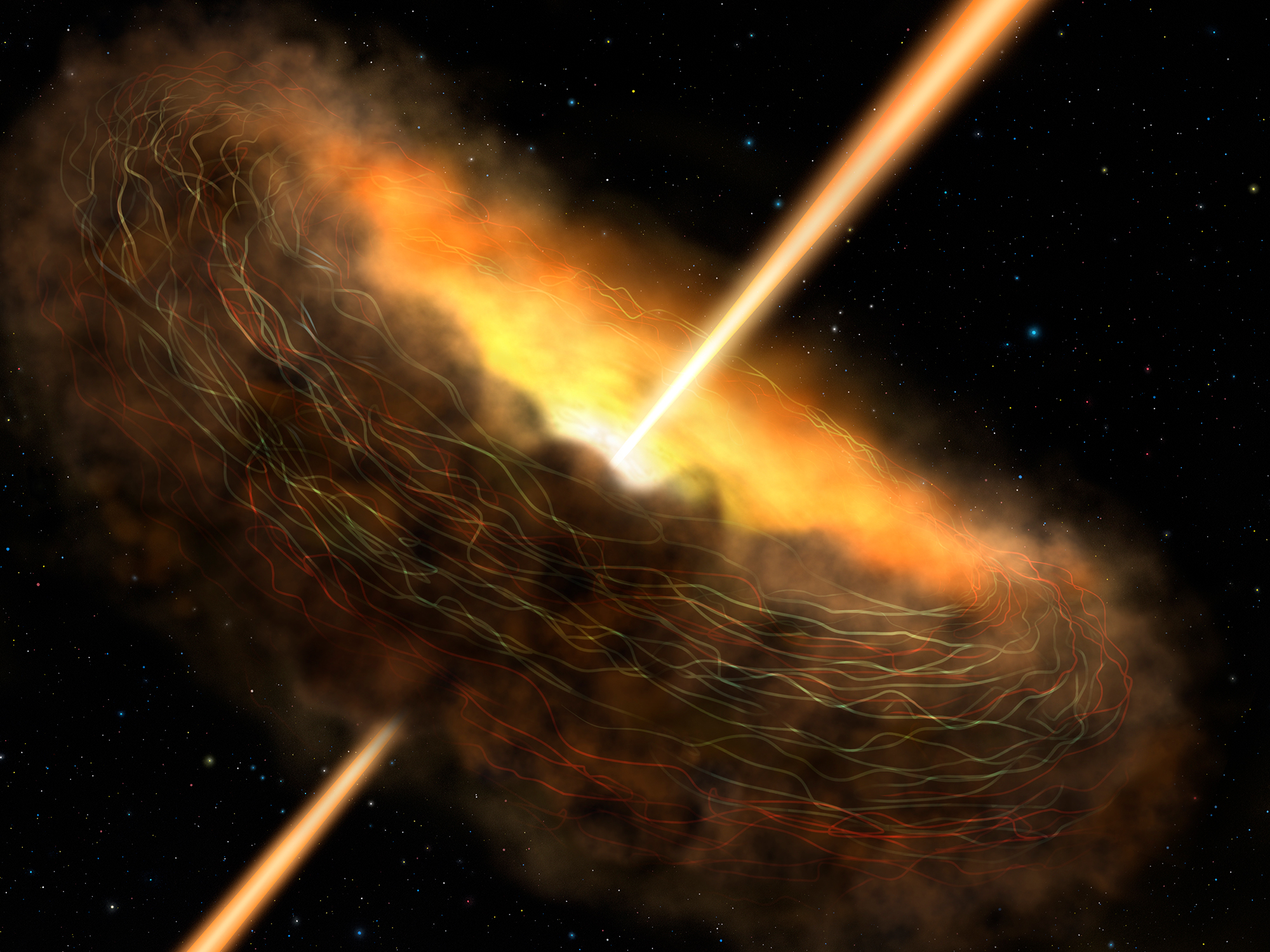
Cygnus A
Researchers aboard SOFIA discovered that magnetic fields are trapping and confining dust near the center of the active galaxy, Cygnus A, and feeding material onto the supermassive black hole there. Magnetic fields may explain why some black holes, like the one in Cygnus A, appear to be actively gobbling up material from their surroundings and launching jets at ultra-high speeds, while others, like the at the heart of our Milky Galaxy, are not.
Cosmic Collisions
SOFIA found new evidence that star clusters form through collisions between giant molecular clouds. These findings contradict traditional models which claim that the force of gravity may be solely responsible for the formation of stars and star clusters.
Colossal Suns
Researchers on SOFIA are unraveling how the largest known stars are born. They found that massive star formation is accompanied by the launching of powerful, magnetized winds flowing out from above and below a swirling disk of gas that feeds the growing star. These winds blow cavities through the dense, dusty cloud, giving researchers a clear view into the stellar nursery and allowing them to learn about the structure of protostars and test different theoretical models of star formation.
Orion Ascent Abort-2 System
Armstrong also has played key roles in developing systems and subsystems for an upcoming test of the Orion Launch Abort System in 2019, called Ascent Abort-2 (AA-2). One of the center’s biggest efforts for the project has been AA-2 component testing.
ISS Year in Education Downlink Event
Armstrong hosted 300 children as part of the center’s Take your Kids to Work Day June 28.This particular bi-annual event was unique because attendees were virtually transported to the space station through a live broadcast between the station and the center.
The ISS downlink included a live question-and-answer session with NASA astronaut Serena Auñón-Chancellor, a member of the Expedition 56/57 crew that launched to the orbiting laboratory in June. For the agency, this was the first time a downlink was hosted in an aircraft hangar. Along with the downlink, children were able to experience a weather balloon launch, sit in a mock-up of an F-15 cockpit, observe moon rocks through a microscope and play with robots from local robotics teams.
Office of STEM Engagement
NASA Armstrong’s Office of STEM Engagement leads and develops educational programs that support both educators and youth interested in science, technology, engineering and mathematics. The education office held 4 educator workshops, welcomed 89 educator participants and supported the growth and development of over 70 students through internship opportunities.
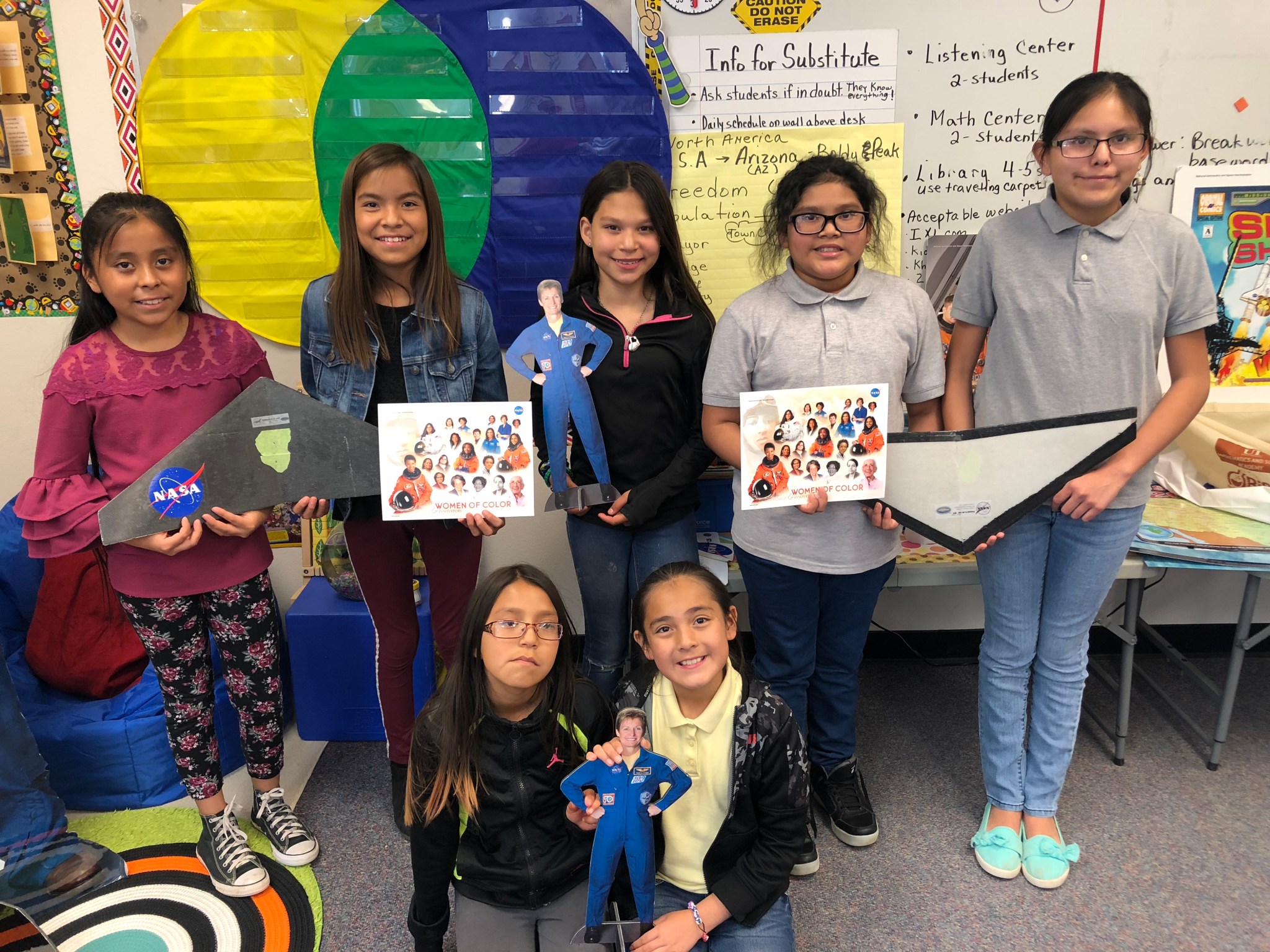
The Office of STEM Engagement visited the Navajo Nation as part of the science, technology, engineering and math (STEM) activities connected to the National American Indian Heritage Month in November, Dr. Barbie Buckner visited Sanders Elementary School in Sanders and Ganado High School in Ganado. Buckner engaged with more than 200 students and 25 educators at these schools to familiarize them with NASA Armstrong in April 2018.
NASA Armstrong interns created a new way to explore flight. Kendrick Morales, a fall intern at NASA’s Armstrong Flight Research Center in California, has worked for the past few months continuing the development of an augmented reality app that will allow users to digitally materialize a NASA aircraft on any flat surface they choose. Armstrong’s spring 2018 intern Alexander Passofaro started the app development.
Armstrong also held a summer and fall session of NASA Community College Aerospace Scholars (NCAS), offering 72 community college students representing 22 community colleges from across the country the opportunity to participate in workshops at Armstrong. The engineer design workshops give students an authentic engineering experience at NASA, which concluded with students competing in a Mars LEGO rover competition.
For images, go to:
For more about NASA Armstrong:
https://www.nasa.gov/centers/Armstrong
Kate Squires
Senior Public Affairs Specialist
NASA Armstrong Flight Research Center
kate.k.squires@nasa.gov







